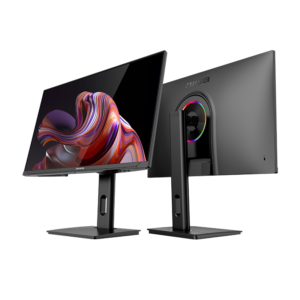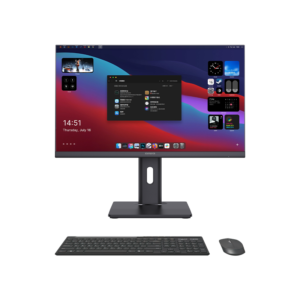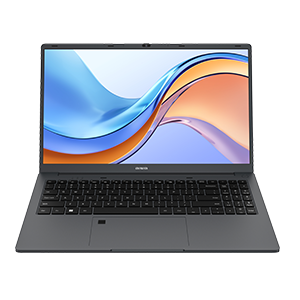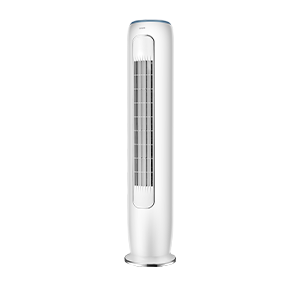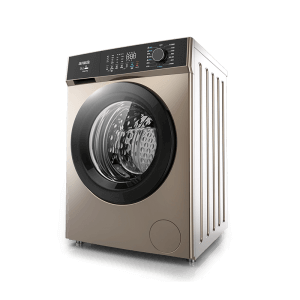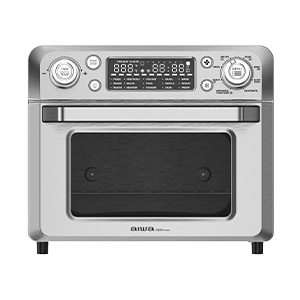Summertime is here and that means one thing: oppressive humidity levels. And if you live in a hot and humid environment, you know that air conditioning is a must. But what if you don’t have an air conditioning unit? What do you do? If you’re like most people, you turn to your smartphone to adjust the temperature. While this may be an effective workaround, there are some drawbacks. For one, it can be time-consuming and inconvenient to adjust the temperature on your own. Additionally, it’s not always reliable—especially in high-traffic areas or during peak hours. That’s where smart air conditioners come in. These nifty gadgets are equipped with sensors that allow them to adjust the temperature as needed automatically. Not only is this more reliable than adjusting the temperature on your own, but it also saves you time and energy. So if you want an efficient and reliable air conditioning unit, look no further than a smart one.

What is a Smart Air Conditioner?
A smart air conditioner is a type of air conditioner that connects to the internet or other devices to allow users to adjust the temperature and humidity levels. Smart air conditioners typically have sensors that monitor conditions in the room and automatically adjust the cooling or dehumidifying functions. This can save energy by reducing the need to turn on and off the air conditioning unit, and can also improve indoor air quality by maintaining consistent humidity levels.
Functions of a Smart Air Conditioner
A smart air conditioner is a functional tool that can be used to adjust the temperature. It uses sensors to measure environmental conditions and sends this information to the controller, which then makes adjustments to the cooling or heating output. This can help ensure the room remains comfortable while reducing energy consumption.
Smart air conditioners also have other functions, such as noise reduction and humidity control. They can automatically turn on and off based on specific conditions, so you don’t have to worry about manually turning them off when you leave a room.
Some models also have features that allow you to control settings remotely. This can be helpful if you are away from home and need to keep the temperature in your home consistent.
Features to Look for in a Smart Air Conditioner
To choose the best air conditioner for your home, consider these features:
– Energy efficiency: Look for an air conditioner that uses less energy to operate.
– Climate control: Choose an air conditioner with settings that fit your needs, such as cooling, dehumidifying, or heating.
– Remote access and control: Make adjustments from anywhere in the house with the remote control.
– Indoor and outdoor units: Choose an air conditioner with both indoor and outdoor units so you can use it wherever it’s needed.
Conclusion
One way to save on your air conditioning bill is to adjust the temperature manually using a smart air conditioner. By knowing how to use this functional tool, you can save yourself both electricity and money on your utility bill! If you are interested in choosing one type of suitable smart air conditioner for yourselves, please feel free to consult AIWA that has been manufacturing high-quality air conditioners for over 50 years and we can definitely help you!









